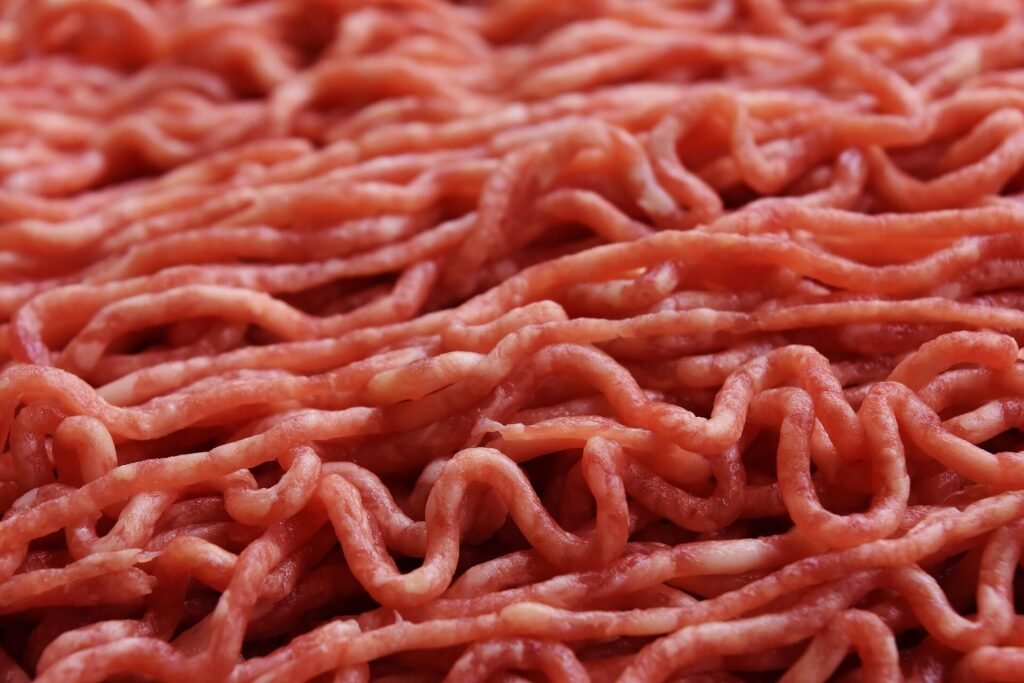Lab-grown meat, also known as cultivated meat, is a controversial topic that sparks heated debates among individuals. While proponents see benefits for the climate and animal welfare, opponents express concerns about the safety and unnaturalness of this innovative food source. Despite differing opinions, the technology behind cultivated meat is rapidly advancing to create large pieces of muscle tissue in a lab setting.
The process of creating lab-grown meat involves replicating the meat grown in an animal by dividing a small number of animal cells to generate muscle tissue. This tissue consists of muscle cells, fat cells, and other structure-providing cells that determine the taste and texture of the meat. Cultivated meat is essentially real meat that is grown in bioreactors rather than sourced from animals, offering benefits such as reducing animal slaughter and lowering greenhouse gas emissions.
The technologies used for producing cultivated meat were initially developed for growing engineered tissue for applications like organ transplants, regenerative medicine, and pharmaceutical testing. As the technology advances, it has the potential to revolutionize medical research by providing new ways to grow tissues and organs for various medical purposes.
One of the shared challenges between cultivated meat and engineered tissue for medical applications is the need to control tissue organization. This is crucial for growing large cuts of meat and for creating functional tissues and organs for medical use. Techniques such as using scaffolds, 3D printing, and computer simulations are being explored to improve tissue organization and enhance texture and production efficiency.
Another significant challenge for both cultivated meat and regenerative medicine is supplying larger tissues with oxygen and nutrients as they grow. Innovative approaches such as creating artificial blood vessel networks through bioprinting are being considered to address this issue. The developments in cultivated meat technology are expected to drive down costs of expensive technologies like 3D bioprinting and bioreactors, benefiting medical applications in the long run.
As the technology behind cultivated meat continues to evolve, it is expected to become more widely available and indistinguishable from conventionally farmed meat. Regulatory processes are underway in many countries to approve cultivated meat products for human consumption, with some countries already granting approval for such products. The potential of cultivated meat extends beyond food production, with important links to cultured tissue applications in medicine.
In conclusion, cultivated meat has the potential to revolutionize the food industry and drive forward medical research. The advancements in tissue engineering for cultivated meat production can be leveraged to improve regenerative medicine and pharmaceutical testing. Whether you choose to embrace cultivated meat or not, its impact on medical research and the future of food production is undeniable.


